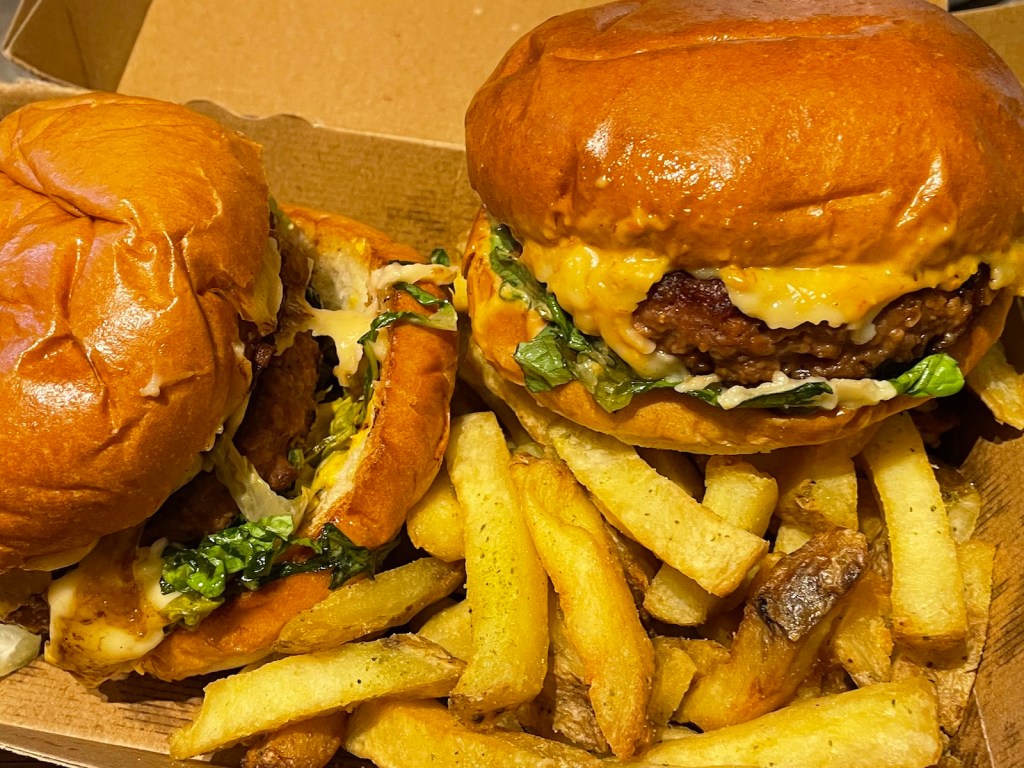Does a pot of boiling tripe that smells like manure sound like your kind of hangover cure? If you grew up on menudo—the Mexican breakfast soup notoriously made with odorous chunks of stomach lining, hominy, and spices—it’s the next best thing to some hair of the dog.
Menudo is the essential weekend breakfast for many Mexican-Americans in California, Texas, Arizona, and New Mexico of any generation; specifically, it’s the go-to dish after a night of drinking.
Videos by VICE
But how exactly does a soup made of differently textured stomach lining stay at the top of the breakfast list for Millennial Mexican-Americans, who most likely grew up on Pop-Tarts, school pizza, and fast food?
“Menudo is a working-class sopa,” says Enrique Ochoa, Professor of History and Latin American Studies at Cal State LA, respected historian, and published author on Latin American issues.
Ochoa notes that menudo did not become popular until around the 1930s and 1940s, when migrant workers settled in urban hubs like San Antonio and East Los Angeles looking for work and establishing communities. At the time, Sinaloans and Michoacans—people from different Mexican states who would otherwise never speak to each other back home—became neighbors. Thus, they started to swap recipes.

Spoonful of stomach
Think of menudo as one of the first Mexican fusion foods on the West Coast.
In American culture, surrogate tías (aunts) soon came into play, making menudo as American as eggs and bacon for their families. The stereotypical Mexican señora image depicted on the labels of Juanita’s canned menudo reminded many of their own moms or half-dozen aunties. This convenient Americanization of tripe soup beget the common Mexican family ritual of eating menudo on Sunday mornings, as well as the BYO pot system at establishments that serve menudo. Commercialization glossed over the details of what exactly menudo was, instead focusing on the vibrant colors and spicy flavors, propelling the red, palate-friendly broth of menudo into the mainstream.
Most people who grew up eating menudo can tell you that their own grandmother or abuelita has the tendency to add a lot of dried red chilies. But other regions of Mexico don’t serve that same firewater-style soup. Sinaloans prefer a clear broth with hominy and no chile at all. People from DF like pancita, which is menudo under a different name, with no hominy filler but still crimson in color. Some cooks add cabeza (cow head) and pata (pork feet). These cuts of meat require hours to break down into gelatin, thus creating a savory, thick broth. The smell of it cooking is potent, like a cartoon aroma that can slap someone around if they’re not careful.

Jesus Raya, the menudo cook in a Mexican restaurant in Los Angeles
Menudo is also the official food of any celebration in a Mexican-American household that takes place in the morning or early afternoon. Baby shower? The mom-to-be better be craving beef stomach. Funeral? No one is ever too sad to eat some tripe.
During the research phase of this article, I wanted to dive into the ethnological view of menudo, so I contacted Chicano Latino Research Center director Catherine Sue Ramírez at UC Santa Cruz. Instead, she referred me to her mother.
“I don’t like stinky meat,” Edna Ramirez tells me before sharing her recipe over the phone.
Ramirez, an LA Times Best Home Cook awardee, cautions me to thoroughly wash all the meat used in menudo with lemon juice. Tripe—both the bristled and the honeycomb cuts—can give off sulfuric smells that only a grandma can love. Those same compounds can also contaminate the broth and make it literally taste like the food that it was digesting a few weeks ago.

Oregano, crushed dried red chilies, and chopped onion are the traditional toppings for menudo.
I think of menudo as the persistent family member who keeps in touch no matter how far you may go in life. To give but one example, I recently proposed to my girlfriend and we moved to northern California, some 600 miles away from Los Angeles (and my favorite Mexican bakery). Soon after the proposal, my future mother-in-law made the trek up from LA just to celebrate.
You can probably guess what we celebrated with.
That awful boiling stomach stew odor found me like some sort of fugitive, dragging me kicking and screaming to the kitchen table. It has been here longer than I have and will continue long after I’m gone. And I have a feeling that I am not the only one that feels this way. Love it or hate it, menudo is here to stay.



